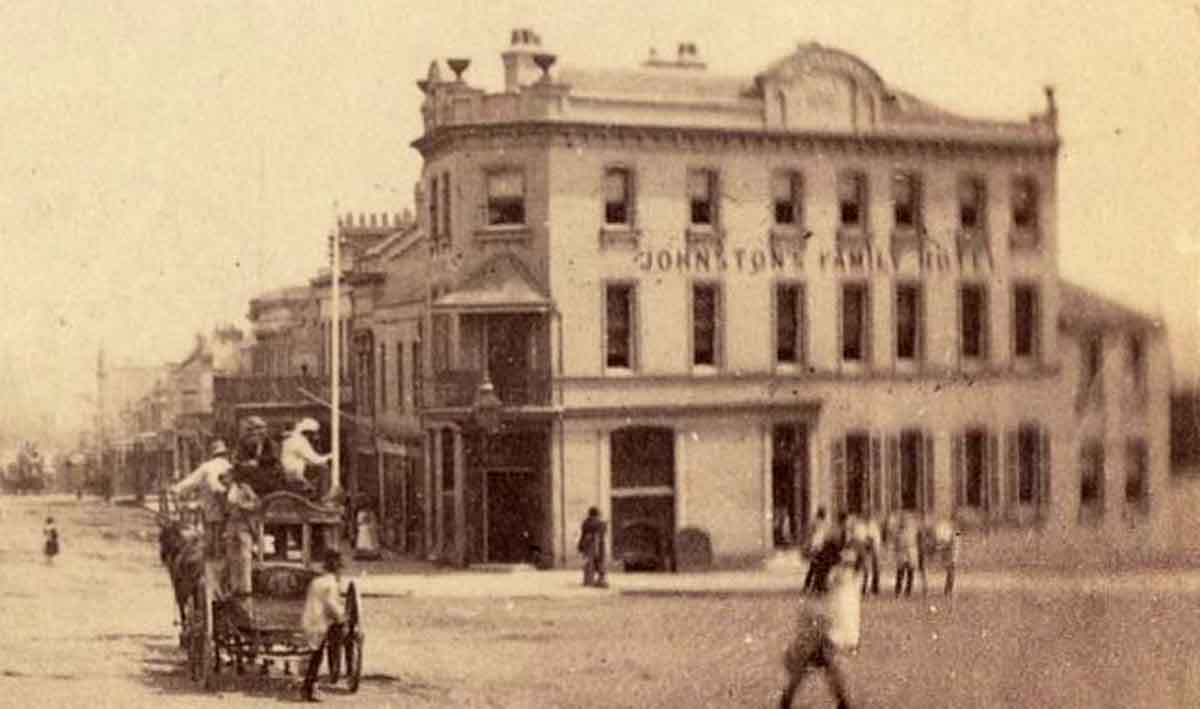
Australians around the country have flocked to public and reopened spaces as restrictions begin easing, while the argument in favour and against for both pubs and the economy continues to be debated.
The opening weekend has been largely dubbed a success, although Australia’s Deputy Chief Medical Officer Professor Michael Kidd says it certainly is too early to act without caution, even as the country notched up more than one million COVID-19 tests now done.
“The pandemic is not over, the risk to vulnerable people remains significant in Australia. It’s essential we all continue to do our part,” said Kidd.
The seemingly insignificant numbers of new cases being reported here (when compared with overseas) is prompting a lot of discussion on the economic cost-benefit of continuing the shutdown regulations. Professors Jonathan Karnon (Health Economics, Flinders University) and Ben Mol (Obstetrics and Gynaecology, Monash University) argue in an article in The Conversation in favour of a controlled relaxation of policy.
Their calculations find government support to the hospitality industry is costing as much as $1.7bn per week, and that this would be reduced to $1.1bn if most venues were re-opened. They estimate the current case numbers predict a 10 per cent chance of a second outbreak if restrictions were lifted, and that this would still leave options.
“We also assume that if there was a new outbreak there would be a 95 per cent chance it could be controlled by re-imposing restrictions on bars and restaurants, and only a five per cent chance it could not.”
This equates to a 0.5 per cent overall chance of an uncontrolled outbreak by reopening hospitality, and an estimated additional 4.8 deaths. Their extrapolation on the average number of life years lost works out at a current cost around $12.5m per, which is approximately 250 times the rate currently used. They conclude this money could be better spent elsewhere.
There is frequently more than one way to consider an economic question, and Economics Professors Richard Holden (UNSW) and Bruce Preston (University of Melbourne) pose quite a different approach to the question.
In Australia, the Statistical Value of a Life (SVL)(as dictated by the Federal Government) is A$4.9m.
The argument against shutting businesses relies on herd immunity. Had Australia approached the problem with this kind of strategy we would have needed to see around 60 per cent of the population infected before the curve began to flatten, and around 90 per cent having been through COVID-19 before the virus died out.
A precise mortality rate for the virus is still unknown, and populations are showing considerable variation, but global numbers stemming from widespread testing is suggesting asymptomatic infections and transmission is far higher than originally thought, which pushes down the actual mortality rate. Best estimates now are that it may be as low as one per cent.
One per cent of 90 per cent of Australia’s population works out to around 225,000 deaths. The SVL produces a dollar figure here of $1.1 trillion (~60 per cent of the country’s GDP).
This is, in effect, what has been saved through all efforts to reduce the transmission and efficacy of the virus.
By comparison, the cost of the shutdown might be measured in the reduced economic activity of 2020 and 2021. As per Treasury estimates and the IMF forecasts of a fall of 6.7 per cent this year and expected rebound of 6.1 per cent growth next year, Australia is destined for a 10 per cent dip, which amounts to $180 billion.
But what must also be considered is that the mandated shutdown is not responsible for all of this; people had already begun hunkering down and businesses reducing trade before the rules came in. Sweden had no mandated shutdown, but business sectors such as hospitality have seen revenues drop more than 75 per cent in the wake of the pandemic.
If equal weight is given to mandated and natural forces, the economic cost of the regulations is $90bn – compared with $1,100bn cost of lives lost.
Holden and Preston also point out the economic reality that the government’s stimulus measures are really not costs, but rather a transfer of resources from one place of spending to another. This also comes at a time when international money has never been cheaper to borrow, and returns on long-term government bonds are below inflation.
The fact is the shutdown has disproportionately affected certain sectors: short-term and casual workers, and small businesses. The time may be right to take our foot off the brake a little, but we must remain mindful of the cost of a second-wave outbreak, particularly until there are effective treatments or a vaccine.
Owner-operators, such as Irene and Matthew Sen, proud proprietors of the Forest Lodge Hotel, report only 17 per cent of their former revenue selling takeaway food and craft beer in growlers, and have welcomed the idea of welcoming even just 10 people through the door.
The patron limits being dictated in every state have meant strict adherence to booking systems, although further tweaks to table numbers and the presence of children are likely, given an entire venue’s capacity can be assumed by one large family.
While some groups took every opportunity, others are confronted with reasons to think twice. For many the benefits of opening do not stack up against costs, and their best course may be in holding off a little longer.
Australia reported just 10 new cases of COVID-19 yesterday (17 May). The tally now stands at 7,054 with 99 deaths.


We are in Halls Gap Victoria which has 300 permanent residents and thousands of tourism beds.
There is absolutely no point in opening our hotel/restaurant till people can come and stay in the accommodation houses.
As we prepare food on premise we need to sell it in a quick time frame. Can’t have people dribbling in 10 or even 20 at a time.
Also, if we have to have extra staff to constantly clean door handles, menus, etc etc etc and to monitor numbers we will have more cost and much less $’s to pay.
We have kept 4 chefs on jobkeeper. In a kitchen with grills, and stoves and fryers and ovens packed in tightly how can chefs work 1.5m apart and turn to put food through a 2m wide servery. How can they NOT work over plates with the risk of droplets falling as they even speak or laugh? Same with waiting staff with food in hand??